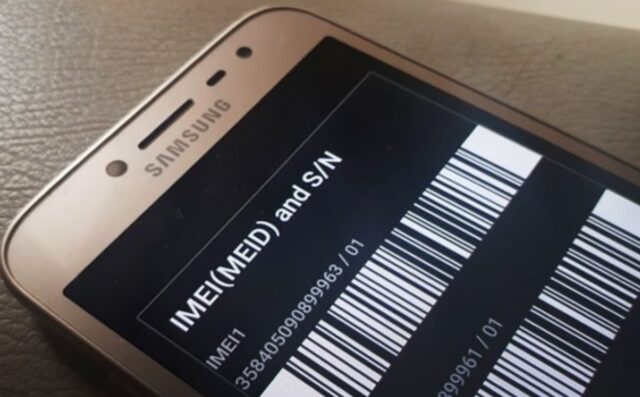
You have probably heard about IMEI number many times but haven’t researched enough about it to clarify what it is and what’s it for. If you’re usually buying new laptops, phones, tablets, and stuff, you probably haven’t thought about IMEI, but those who buy second-hand technical goods should pay a bit more attention to this number.
Also, many people pay attention to the physical state of the second-hand equipment they buy, such as scratches, damages, possible irregularities, and functioning bugs, while there are other, more important things to pay attention to, first. It is more important to find out if the device they’re purchasing is the original or a clone (a copy) of the original device, and if for some reason it has been reported stolen. And the next logical question would be, how do I find this out?
In further text, we will give you a practical guide about the five most important things you should know about your phone’s IMEI number and try to explain why is it useful to check your device when buying them.
1. What is it and what’s it for?
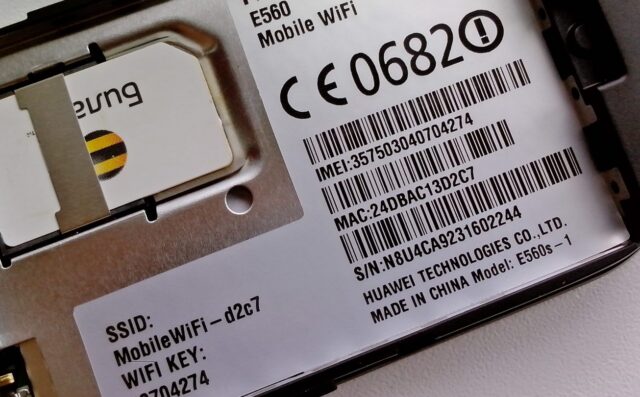
The abbreviation stands for International Mobile Equipment Identity. It is a unique label, or a number, unique for each mobile device. That is, with this number it is possible to identify each device. Just as a person has an identification number, so the device has an IMEI. The difference is IMEI is international, not local like an identity number, but their purpose is the same. It’s a 14 to 16-digit number, depending on the factory and the model.
For example, if your newly purchased second-hand device is identified as stolen, its access to the network can be blocked for good. Many will probably ask whether this number can be changed, well, in theory, it can, but very hard without permanently damaging the device. They are in most of the cases, written on the hardware.
2. It holds essential information about your device
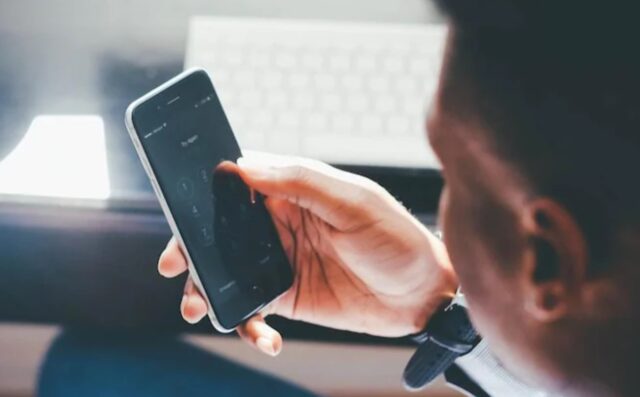
To get to know better the history of your phone, features, warranty, if it was blacklisted, simply type it in on eimei24.com. As we have already mentioned in the introduction, it can tell you if your device is a clone, which happens often in the second-hand goods market. If it was blacklisted, you will know if the device was stolen somewhere, so searching on the aforementioned website can find out whether it was blacklisted, by searching through the global reports.
Also, if your device is stolen or lost, you can contact your service provider who will block your IMEI number. So, if someone stole your cell phone, they won’t be able to use it. From the legal point of view, it is difficult to “push” some things, but it is always good to report this number to the competent institutions and service providers, and hope for the best. If someone stole your cell phone and sold it, it’s easier to reach that person when you have this particular number.
Many countries have registers of stolen/lost mobile phone databases, according to this number. This is the only way to uniquely identify mobile devices. So do not share this number anywhere or give it to other people. Let it be a secret, as much as it can be.
3. Can someone track your location via this number?
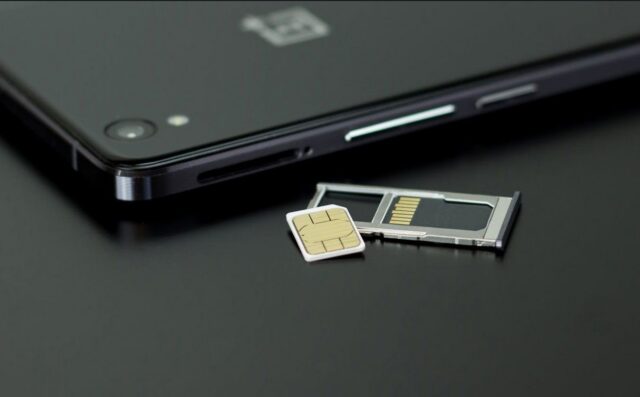
It’s not so common, but in some occasions, it could be possible. It depends on whether you have something to hide that’s considered valuable to hackers or not. But it also depends on the type of your sim card. When you are using the prepaid sim card, it is impossible. Why? Well, simply because these sim cards can be purchased in every shop and without providing any kind of personal data. You just pay. Also, you do not have to sign a contract for obtaining this kind of sim card, so again, no personal data connected to you are given.
In this case, it is only carrying general data about the phone. You maybe should be worried if you’ve signed a contract based on which you’re using the services of a mobile provider. However, rest assured that no government is allowed to track you down without a reason and a warrant.
4. Where do you find it and how to check it?
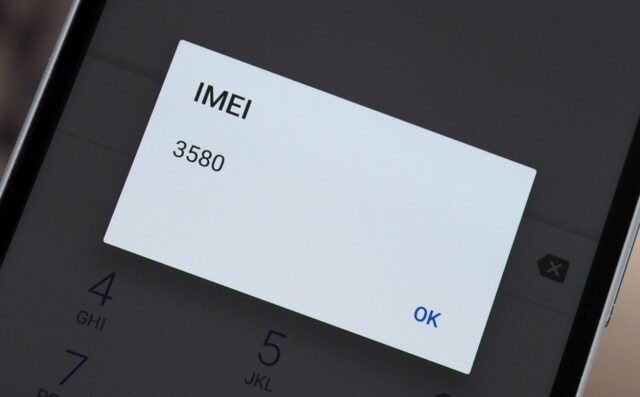
There are several ways to do this. You can easily find it by typing the USSD code on your dialer. The same code works on regular mobile phones, earlier Symbian devices, and many others. To find out the number, just enter * # 06 # in the dial and it will be displayed on the screen.
Depending on the type of your phone, the number can be written in the original box your device came in, or if it is newly purchased – on the bill, under the battery, or can be programmed in the phone. However,
5. Take good care of it
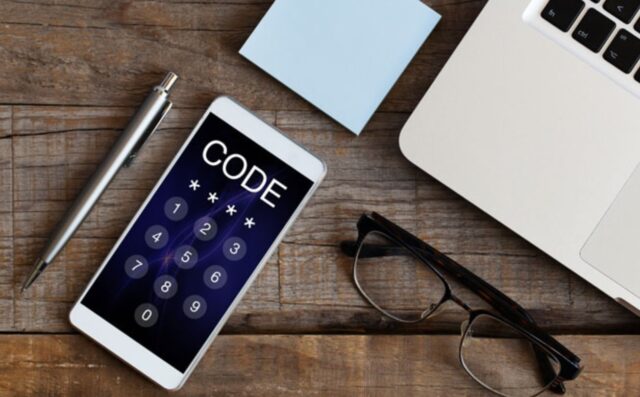
If you read this article so far, and still do not know your number, take it now and find out. Having a “clean” IMEI makes it very desirable to the thieves, which is a reason enough to search, regardless of the fact it was bought new. Hackers and thieves are using different search engines to dig for numbers that are “clean” and use them on their stolen goods.
They can also use them for the equipment they cloned. So, don’t be surprised if you find out some “fishy” information about your number, for example, that there’s another phone with the same one.
As we already mentioned in point number 3, store it somewhere safe, and keep it a secret.
What we found out so far is that IMEI is an important number that has its “weight”, but it is not the only condition that manufacturers must meet in order to be able to sell their devices. Some have additional regulations that a manufacturer must meet in order to sell devices in certain countries or even in certain regions of the world.









